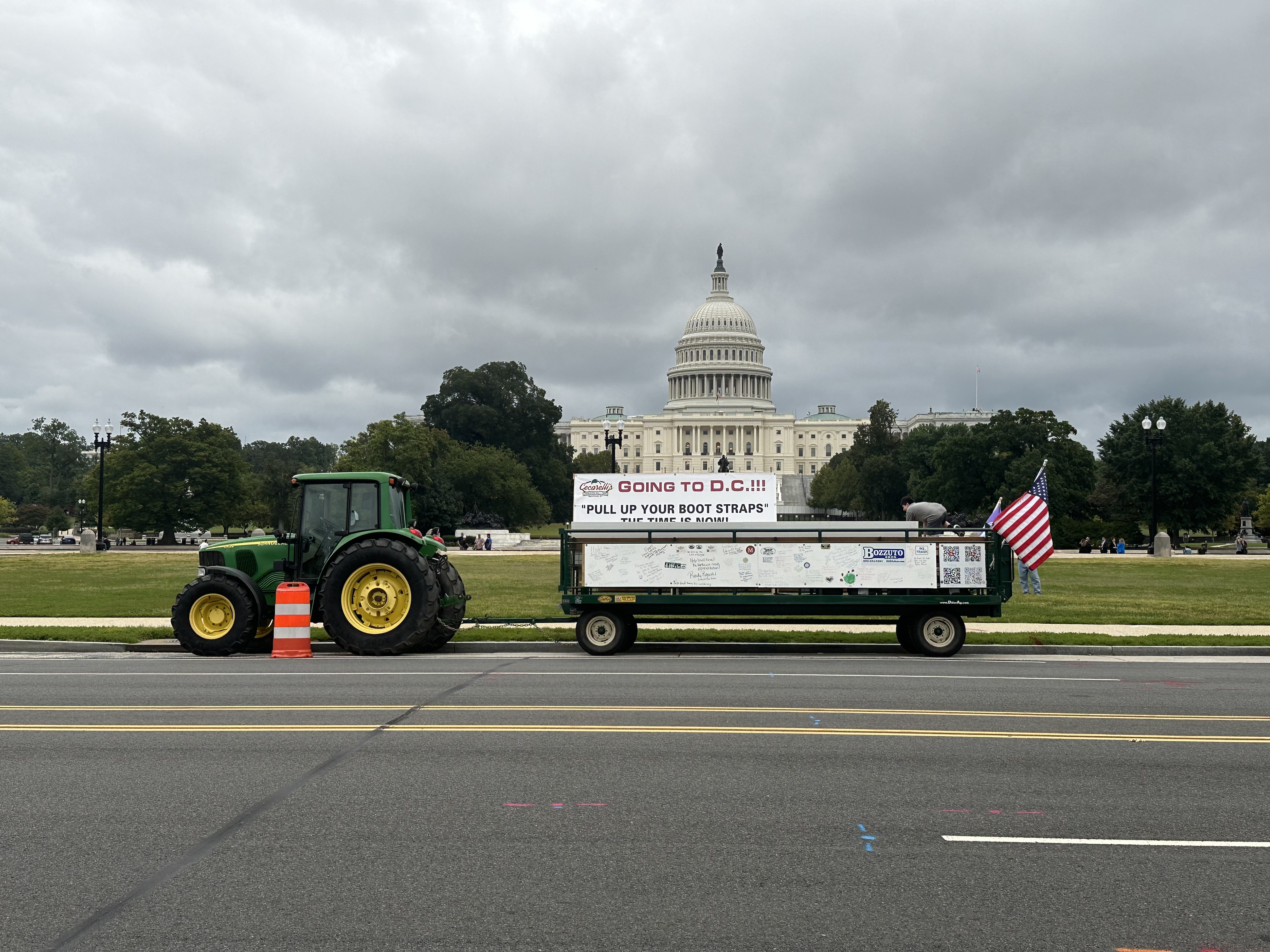For the first time, Hartford Police officers will wear body cameras, recording video of most encounters they have with city residents, and interactions while out on patrol.
The program is considered a pilot and is being paid for in part by the Office of Policy and Management, the state budget office.
“Body-worn cameras are a tool to strengthen transparency and accountability,” said Hartford Mayor Luke Bronin, a Democrat, who said the program has been in development for close to two years. It started when James Rovella was chief of the Hartford Police Department, and it continued under current Chief David Rosado.
“We’ve invested a lot to get to this phase and today we’re rolling out phase one and phase one consists of forty officers who will be trained, and who will be equipped with body-worn cameras,” Chief Rosado said during a press conference at Hartford Police headquarters.
Thirty-five police departments in Connecticut have already received funding for pilot body camera programs, according to OPM.
The program will start with 40 officers, as Rosado stated, but will grow to include 325 officers all wearing body cameras. The cameras have a recording time of 23 hours, and once turned on, automatically have stored the previous 60 seconds during which time the camera was off.
The guidelines adopted by the Hartford Police Department were based off similar frameworks from the Connecticut State Police, the New Haven Police Department, and the Connecticut Police Officer Standards Training Council.
Local
The ACLU of Connecticut has testified on the use of body cameras at the state capitol, and it’s provided guidance to law enforcement agencies on best practices.
“This is really an opportunity for the police to make these devices a two-way street, something that benefits everybody,” said Dan Barrett, the ACLU of Connecticut’s legal director.
Barrett says as long as the guidelines are crafted in public view, and then actually followed, then the body cameras could become an asset.
“Just like any other technology used by the police, they only build trust if the policies that govern the use of the device reflect the fact that the police work for us,” he said.
“If body cameras are simply going to become another item that the police can manipulate and use as a surveillance device, it really just puts together a trail of bad things about people and is not actually useful in maintaining control over the police, then they’re effectively useless.”
The guidelines for the Hartford Police Department spell out when the cameras are to be turned on, and when they are permitted to be turned off. Most interactions during events like traffic stops, checks in the neighborhood, and K-9 duties are examples of common situations when the cameras should be turned on.
Instances like individual conversation at the station between officers are spelled out for when it’s acceptable for the cameras to be turned off.
The guidelines also spell out possibilities of discipline if the cameras are either not turned on, or turned off at an inappropriate time.
The purpose, Hartford’s mayor says, is to promote trust by collecting the most information.
“I think we all win when we have accurate information and one of the most damaging things to a relationship of trust between our men and women in blue and the community they serve is when there is inaccurate information out there, so we appreciate and value the opportunity to know right away what exactly happened.”
Abdul Shahid Muhammad Kansari, who was President of the NAACP of Hartford for eight years applauded the city for the pilot program, saying it’s long overdue.
“We was getting a lot of complaints from citizens about police excessive force and false arrests and different things and felt that body cameras would give some more transparency to it.”



